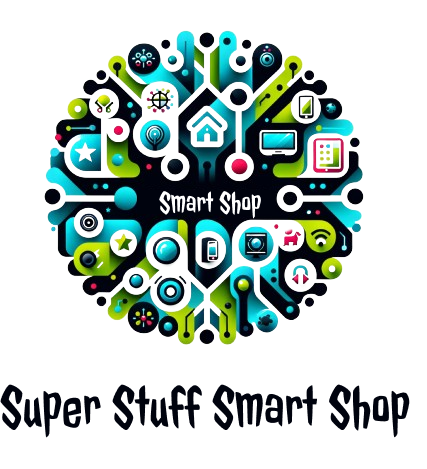Diving into the world of podcasting is an exciting endeavor that blends creativity, storytelling, and technical prowess. This unique form of media has seen explosive growth in popularity, providing a platform for voices ranging from the independently obscure to the celebrity-renowned. Starting your own podcast can seem daunting at first, particularly when it comes to assembling the right equipment to bring your audio vision to life. However, with a thoughtful approach to selecting your toolkit, you can create a podcast that resonates with listeners and stands out in the crowded digital landscape.
The cornerstone of any podcast setup is the microphone. It is the primary tool that will capture your voice and, by extension, the essence of your podcast. Quality is paramount; a poor-sounding podcast can deter listeners regardless of the content’s excellence. For most beginners, and even seasoned podcasters, a USB microphone strikes the perfect balance between quality, cost, and ease of use. These microphones offer plug-and-play functionality without sacrificing the audio fidelity necessary for a professional-sounding podcast. However, for those looking to invest in a more advanced setup, XLR microphones connected through an audio interface can offer superior sound quality and control, allowing for the connection of multiple microphones and instruments.
Headphones are another critical piece of equipment. Monitoring your audio in real-time can help you catch and correct issues before they become problematic in post-production. Closed-back headphones are recommended for podcasting as they prevent sound from leaking out and being picked up by the microphone, ensuring that your recordings are clean and isolated from background noise.
An often-overlooked component of a podcast setup is the recording environment. While not a piece of equipment per se, the space in which you record can significantly impact the quality of your audio. Soft furnishings, carpeting, and curtains can help absorb sound and reduce echo, creating a more controlled audio environment. For those unable to dedicate a room to podcasting, portable sound shields can provide a temporary solution by isolating the microphone from unwanted ambient noise.
For podcasters who plan to include interviews or co-hosts remotely, a reliable computer and internet connection become essential. Additionally, software for recording and editing is a must-have. There are numerous digital audio workstation (DAW) options available, ranging from free and user-friendly applications like Audacity to professional-grade software such as Adobe Audition or Logic Pro. The choice of software often depends on the user’s experience level and the complexity of the podcast production. Look for features like multi-track editing, noise reduction, and the ability to add music and sound effects, which can enhance the production value of your podcast.
Finally, consider the ancillary equipment that can elevate your podcasting game. Pop filters or windscreens are inexpensive additions that can drastically reduce plosives, those hard “P” and “B” sounds that can cause spikes in audio levels. A sturdy microphone stand or boom arm can help position the microphone optimally while reducing handling noise. For podcasters on the move, a portable recorder can be invaluable for capturing interviews or thoughts on the fly, ensuring you never miss a content opportunity.
In conclusion, starting a podcast is an adventure that marries content creation with technical skills. While the equipment necessary to start a podcast can vary based on individual needs and budget, investing in quality core components—such as a good microphone, headphones, and recording environment—lays the foundation for a successful audio venture. As your podcast grows, so too can your equipment setup, but the initial focus should be on creating clear, engaging content that listeners will return to. Remember, the most important element of any podcast is not the equipment used to record it, but the passion and authenticity of the voice it broadcasts.
